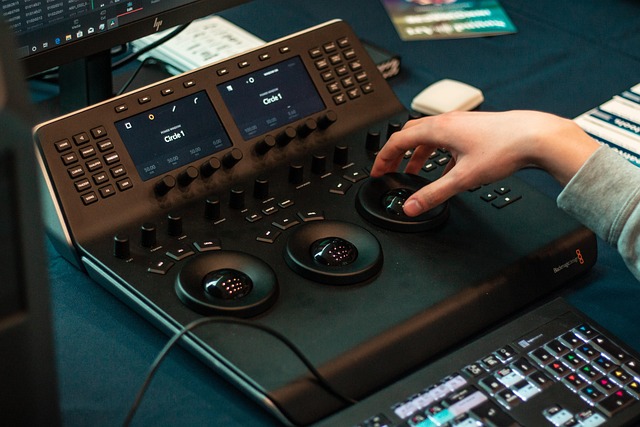The Ultimate Guide to Image Transfer Techniques for Imaging Enthusiasts
For imaging enthusiasts, the world of photography and art extends far beyond the click of a shutter. One of the most fascinating aspects of this journey is the process of image transfer. This creative technique allows you to transcend the traditional limitations of photography, opening a realm of possibilities that blend art and emotion. This guide will explore various image transfer methods that not only elevate your imaging game but also allow you to express yourself in unique ways.
What is Image Transfer?
Image transfer involves transferring a photograph or artwork onto a different surface, like wood, canvas, or fabric. This technique can add texture, depth, and a touch of the unexpected to your photography, transforming a simple image into a multidimensional piece of art. Whether you are a seasoned photographer or a budding artist, mastering image transfer techniques can enhance your creative arsenal.
Popular Image Transfer Techniques
1. Gel Medium Transfer
One of the most popular techniques among imaging enthusiasts is the gel medium transfer. In this method, you use a gel medium to adhere an image onto a porous surface. Start by printing your desired image on regular paper. Apply the gel medium evenly on the surface where you wish to transfer the image. Then, place the printed image face down onto the gel. Once it dries, gently dampen the paper and rub it off using your fingers. This technique results in a soft, painted effect that can create stunning visuals.
2. Water Transfer
Water transfer offers a unique approach to image transfer by utilizing water to facilitate the transfer. Similar to the gel medium transfer, you print your image and cut it out. Place your image on a shallow tray of water for a few seconds. Without letting the paper absorb too much water, carefully take the image and place it on your desired surface. This approach can yield spontaneous results, giving your pieces an organic feel.
3. Iron-On Transfer
If you fancy yourself a textile enthusiast, the iron-on transfer technique might be just what you need. First, print your image onto transfer paper, making sure to reverse it if it’s text-based. Then, using an iron, apply heat and pressure to transfer the image onto fabric. This method is not only effective but allows you to wear your art, making it a unique way to express your individuality.
4. Acrylic Pour Transfer
A newer addition to the image transfer family is the acrylic pour transfer. By combining the pouring technique with image transfer, you can achieve stunning, vibrant effects that mimic abstract art. Start by creating a beautiful acrylic pour painting on your canvas. After it dries, you can overlay a photo using any transfer method. This technique combines the fluid dynamics of paint with still photography to create mesmerizing pieces.
Tips for Successful Image Transfers
- Choose the Right Surface: Different surfaces yield different results. Experiment with wood, canvas, and fabric to find what resonates with your style.
- Use High-Quality Images: The clarity and quality of your original image will significantly impact the outcome of your transfer. Opt for high-resolution photos for the best results.
- Practice Patience: Allow ample drying time for your mediums. Rushing this step can lead to subpar results.
- Experiment: Image transfer is all about exploration. Don’t be afraid to try new techniques and mix mediums to discover what works best for you.
Embrace Your Creativity
Image transfer is not just a technique; it’s an invitation to explore and express your creativity. By integrating these methods into your work, you can take your photography and artistry to new heights. Regardless of whether you are creating art for yourself or exhibit, these image transfer techniques will enhance your skills while providing you with an engaging, enjoyable experience. So go ahead, pick up your materials, and let your imagination run wild!



